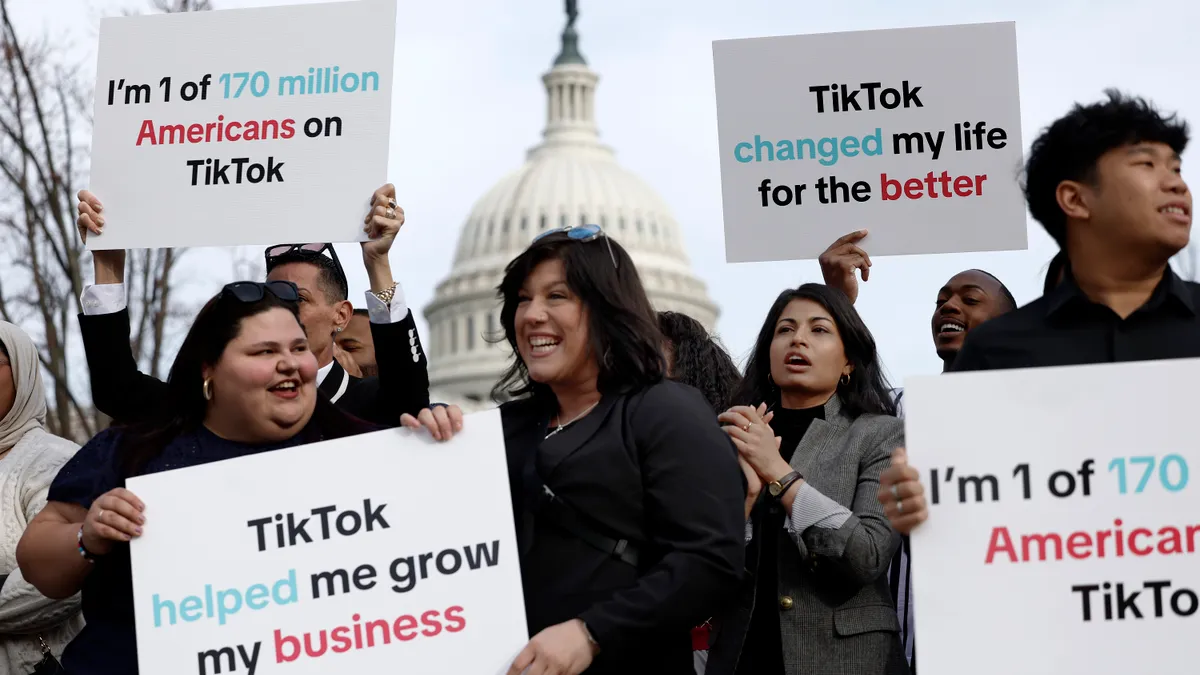Dive Brief:
- The Interactive Advertising Bureau's (IAB) latest report found that 26% of desktop users have adopted ad blocking software while 15% of mobile consumers have done the same.
- Delving into IAB’s recent research, Adweek reports that around 32% of ad block users for both desktop and mobile are males between 18 and 34, while 22% are women in the same age bracket.
- The IAB previously released two initiatives to address the different aspect of ad blocking: L.E.A.N, which is designed to improve the user experience for digital ads, and DEAL, which offers strategies for publishers on how to approach the ad block challenge.
Dive Insight:
A number of groups have conducted research on ad blocking adopting, and although the numbers aren’t always consistent — some reports have the millennial adoption rate much higher than what the IAB reports, for example — the trend is the same: ad blocking adoption is on the rise.
Three things stood out among the reasons cited by IAB’s respondents for adopting ad block software: Ads make websites load too slowly, ads are too data-heavy, and users are simply being served too many ads. The common theme boils down to user experience, with each issue impacting the user experience in a negative way.
The IAB has been active in taking on the challenge, although its statements have sometimes been somewhat contradictory.
Last October, IAB executive Scott Cunningham said the industry's ad blocking issue was its own fault: "As a technologist, tasked with delivering content and services to users, we lost track of the user experience. We messed up. Looking back now, our scraping of dimes may have cost us dollars in consumer loyalty."
But this January at the IAB Annual Leadership Meeting, President Randall Rothenberg said in his keynote address that ad blocking was a war against freedom of expression and diversity, specifically calling out Adblock Plus, a leading provider of ad blocking software.
The issue is one that marketers, ad tech firms and publishers should all keep top of mind. Ad blocking has far-reaching implications for online advertising as a business model, especially as adoption continues to rise.









